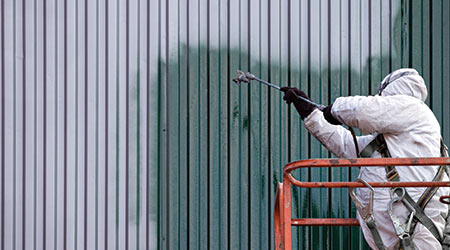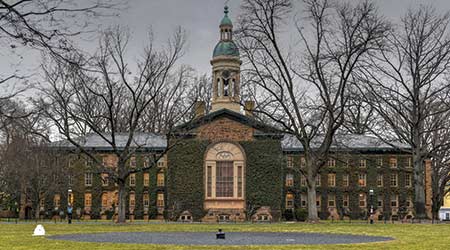
Legionnaires: City Lags in HVAC System Inspections
June 29, 2018
The outbreak of Legionnaires Disease in Philadelphia in 1976 required months of investigation before researchers determined the cause of the sickness. Since then, researchers have determined that two of the most common places to find the Legionella bacteria are cooling towers and large central air-conditioning systems in institutional and commercial facilities.
The cluster of cases in Philadelphia eventually killed 29 people and sickened another 182. Since then, and despite the best efforts of an array of interested parties, Legionella remains a very real threat to building occupants and visitors, as evidenced by a recent outbreak at Wayne State University in Detroit.
Now, buildings in New York City are coming under closer scrutiny because of required HVAC system inspections put in place to prevent outbreaks of the disease. Owners of cooling towers are required to get them inspected every 90 days while in use and get them immediately cleaned if they show a certain amount of the bacteria that causes Legionnaires'.
According to state data, more than 20 percent — which is more than 1,000 towers around New York City — are not up to date with inspections required by the state. The majority that were not in compliance were last inspected in August 2015. The second and third most common inspection dates were April 2017 and October 2016. The majority of noncompliant towers have not been inspected in more than a year, according to WNYC in New York City.
The city’s Department of Health and Mental Hygiene inspected nearly 1,000 towers on its own and issued nearly 1,000 violations. More than 65 percent were considered “critical.” Nearly 20 percent were considered a public health hazard.
This Quick Read was submitted by Dan Hounsell — dan.hounsell@tradepressmedia.com — editor-in-chief of Facility Maintenance Decisions, and chief editor of Facilitiesnet.com.
Next
Read next on FacilitiesNet












